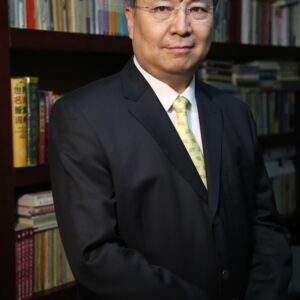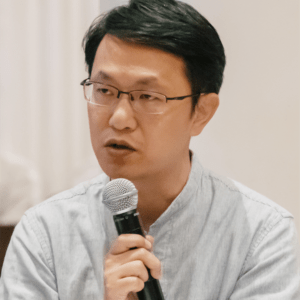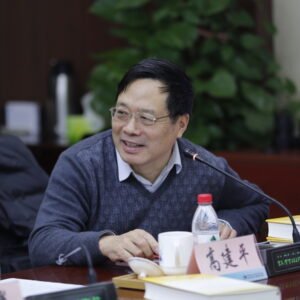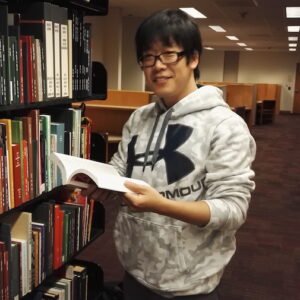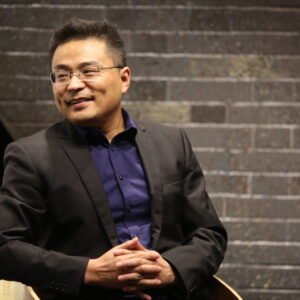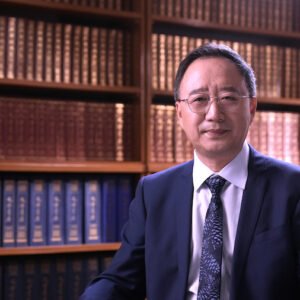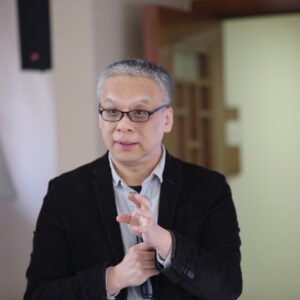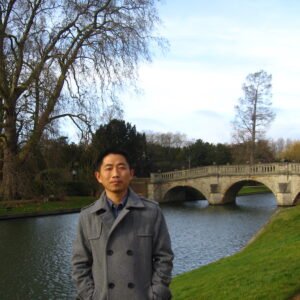The academic subdivisions of the humanities in China are much the same as those in other countries around the world, but the scale of scholars and students, the research system, and the volume of publications are among the largest in the world. Using the existing humanities disciplines and their distribution as a guide, starting with the status of literature studies, history, philosophy, linguistics, archaeology, and other related fields, the eleven chapters of this report outline the development and trends of humanities scholarship and education in mainland China over the past thirty years.
ESSAYS
Introduction – The Past and Present of the Chinese Humanities
Chapter 1.1 – Classical Chinese Literature
Chapter 1.2 – Modern Chinese Literature
Chapter 1.3 – Contemporary Chinese Literature
Chapter 1.4 – Ethnic Minority Literature in China
Chapter 1.5.1 – Foreign Literature in China: English and American
Chapter 1.5.2 – Foreign Literature in China: Russian and European
Chapter 1.5.3 – Foreign Literature in China: Japanese and Asian
Chapter 1.5.4 – Foreign Literature in China: African
Chapter 1.5.5 – Foreign Literature in China: Latin American
Chapter 2.1 – Historiography in China
Chapter 2.2 – Modern Chinese History
Chapter 2.3 – World History in China Today
Chapter 3.1 – Chinese Philosophy
Chapter 3.2 – Western Philosophy in Contemporary China
Chapter 4.1 – Aesthetics and Literary Developments in China
Chapter 4.2 – Art and Art History in Contemporary China
Chapter 5.1 – Comparative Literature and Cultural Studies in China
Chapter 5.2 – Journalism and Communication Studies in China
Chapter 6 – Chinese Archaeology
Chapter 7 – Unearthed Bamboo and Silk Documents and the Development of Chinese Humanities
Chapter 8.1 – The National Learning Revival in China
Chapter 8.2 – The Development of China’s Institutes for Advanced Studies
Chapter 8.3 – Digital Humanities in China, 1980–2020
Chapter 9.1 – Promoting Mandarin for China’s Economic and Social Development
Chapter 9.2 – Bilingual Education in Ethnic Minority Areas in China
Chapter 9.3 – The Expansion of Foreign Language Education in China
Chapter 9.4 – Education in and Development of Less Commonly Taught Languages in China
Chapter 9.5 – The Past, Present, and Future of Humanities General Education in Chinese Universities
Collaboration | Humanities Centers and Institutes | Research | States and Governments | Universities
Chapter 10 – National Humanities and Social Sciences Organizations and Institutions
Chapter 11.1 – Modern Chinese Language
Chapter 11.2 – Historical Chinese and Grammar Usage
Chapter 11.3 – Research on Chinese Writing Systems
Chapter 11.4 – Research on Chinese Dialects
Chapter 11.5 – Studies of Minority Nationality Languages

 View PDF
View PDF


